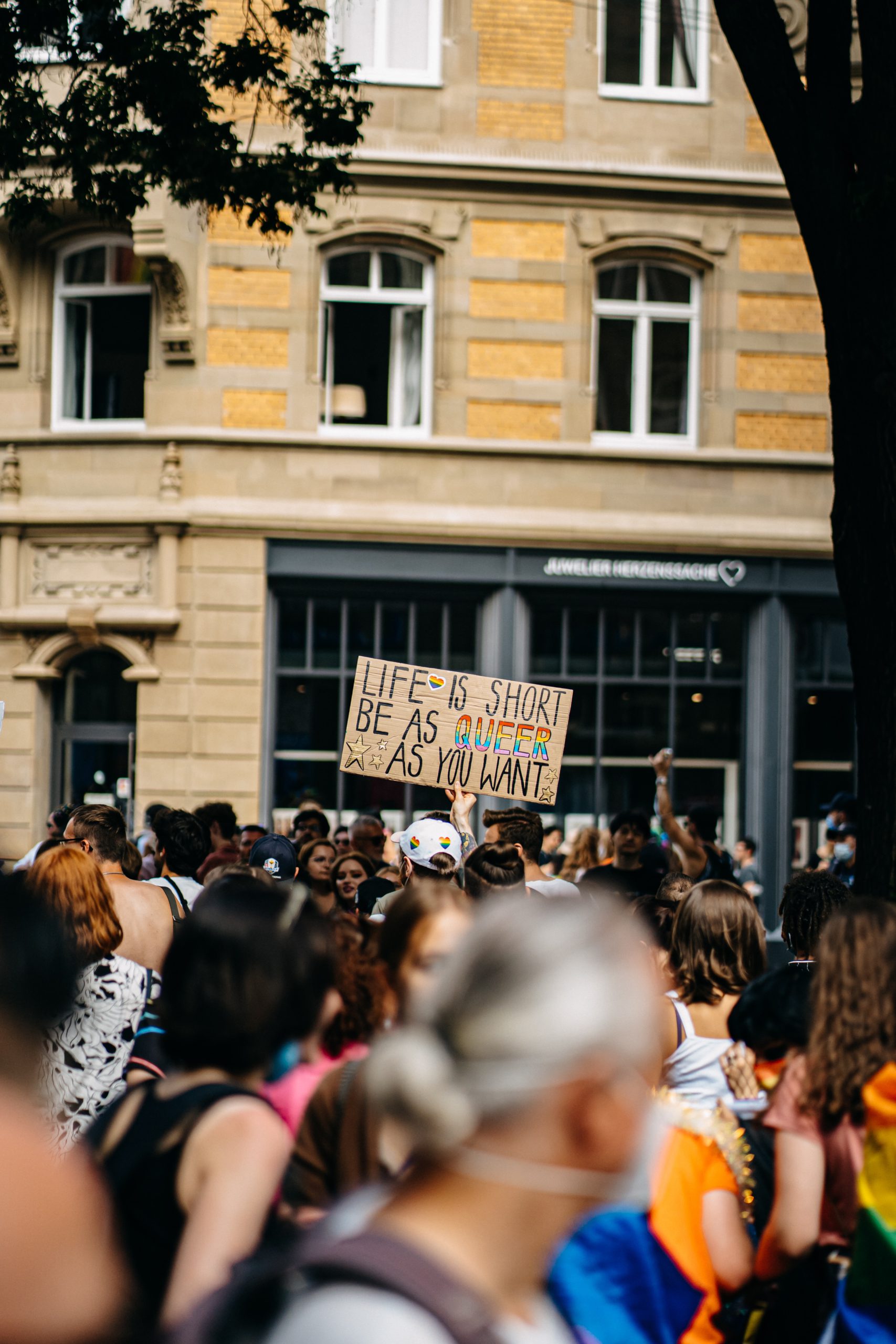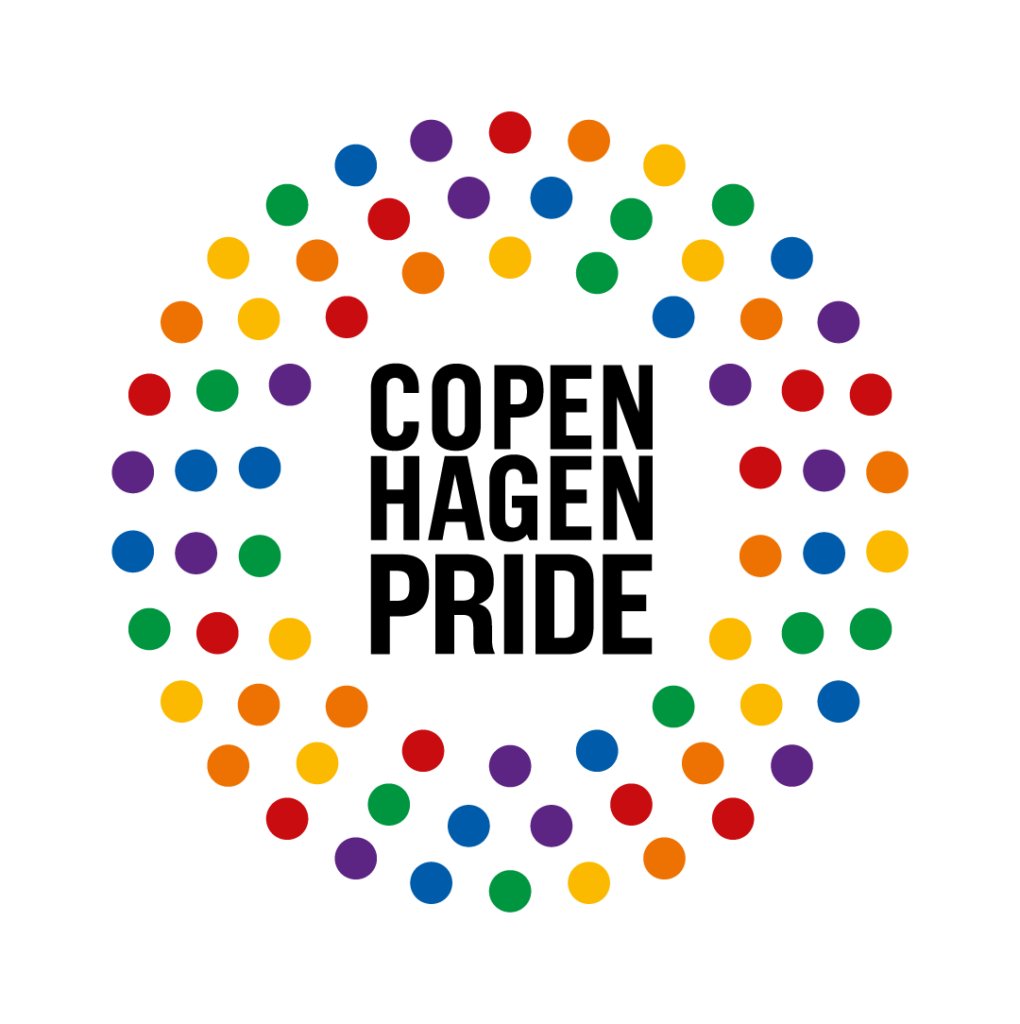
Queer as Folk
By Riccardo Vide
Photo by Raphael Renter / Unsplash
A LITTLE QUEER HISTORY
For nearly 500 years, the term “Queer” was present in the English vocabulary as a synonym for strange, out of the ordinary. Only towards the end of the 19th century was the term used to describe those who did not conform to society’s sexual and gender-based norms. More precisely, people who did not appear to have heterosexual behaviour. It was not until between 1890 and 1920 that sexology was studied in depth, reporting in numerous texts about homosexual behaviour. That period led to an investigative journey towards understanding and shaping the sense of modern queer identity. After World War I, a period of social experimentation was born in the so-called “Roaring Twenties”, where the queer nightlife flourished. At the same time, information about queer people spread across countries and into the homes of many citizens. These communities were considered a threat to be monitored and defeated, as they went against what the governments believed to be a fundamental component of a democratic society: the (heteronormative) family.
In response to that, some states began to create laws against sodomy. These laws were considered vague by not being specifically anti-queer, but by banning “practices deemed unnatural”. The police then read them as commands directly against homosexual communities. For example, homosexual men were often brought in front of judges when discovered practising oral sex, while the law was originally intended to ban just anal intercourse. These unclear laws often gave law enforcement permission to commit brutalities towards the queer community.
During World War II, the many homosexual acts among the military personnel became a significant concern. During the Cold War, the “Lavender Scare” spread, considering being queer comparable to being a communist. Communism was considered in opposition to the values and ideals of Western society, like homosexuality, making them the same in the eyes of multiple US and UK citizens and governments. It became the perfect excuse to fire gay and lesbian people from positions in the American and British governments in the 1950s.
All these decades of attacks and repression gave the term “Queer” a derogatory connotation, and it became widely used by homophobic people to attack homosexual males. In the early 1950s, “Gay” emerged as a new term to identify homosexual males. For centuries, ‘gay’ was used as a slur word, representing the act of having ‘immoral sex’, meaning having sex with sex workers or being associated with prostitution. In the late 60s, the term was reclaimed to bring the community closer, expanding to include homosexual females.
After 30 years of activism, in the 1980s, gay communities began to repossess the term queer giving it a positive connotation to describe their sexuality, identity- and gender expression. It was a journey that took years, as the community began to use letters (LGBT) to refer to themselves as one big family. As this family increased, more letters were added. The rapid expansion of the community also recently made imminent the necessity of dropping a long acronym and adopting a univocal term.
The community was so rich in gender diversity that “gay” couldn’t be adopted by the entire community. It was often associated with a specific segment of it, without leaving much room for other identities. Gay wasn’t inclusive enough. Defining yourself as queer instead meant being part of a big, diverse family that doesn’t exclude anyone.
BEING QUEER TODAY
Today, the term “Queer” is often used as an umbrella term to replace LGBTI+. Given its nature as a broad term, it is vastly more inclusive of different identities. Some identities might not be part of the acronym yet. Some might differ slightly from the ones already present in it.
“Queer” is intentionally vague as a term, as queer identity is much more than a label to clarify who you hang out- or have sex with. “Queer” means being different, with a sense of revolt against standardization, to the heteronormativity of our society.
On the other hand, some people in the community might still show discomfort in reclaiming a word that has been an insult for years. It is understandable considering the decades of violence and repression the queer community had to go through. Despite this, we don’t want people to refrain from using certain words. We want to see people use them properly. We want people to consider them with respect for the history and the identity of who they are talking to.
You will find people that attribute great importance to the word ‘Queer’. Lately, some in the community find themselves opposed to CisHet people (cisgender and heterosexual) referring to themselves as queer, given the community’s decades of LGBTI+ activism to gain fundamental rights and celebrate their identity. Some community members might not be that averse, as they probably reject the term queer because of its broadness when they find comfort in specificity. [Editors’ note: Some cisgender heterosexual people fall under the LGTBI+ acronym, such as certain identities in the asexual or aromantic spectrums.]
Things might sound complicated, and everyone is entitled to their opinion. What doesn’t change is the meaning of queer. A queer person is someone whose sexual orientation and/or gender falls under the LGBTI+ umbrella rather than the heterosexual/cisgender norm.
If you are unsure or questioning your sexuality or gender, the community is always open. Given its vague nature, the community understands that the term queer can make everyone feel like they belong. But there’s no need to use queer when you are just an ally. If you want to show your support, take an interest in our history and culture, use the correct pronouns, and fight alongside us.
For the rest of our LGBTI+ members, I would like for everyone to explore more about queerness, and exit, for a short while, the “security-bubble” of the term they have chosen for themselves. As members of our community, queer history gave us valuable lessons to remember. For example, during the 20th century, most of the community’s focus was to help gay, lesbian, and bisexual individuals. On the other hand, queer history taught us that it is not just sexuality that brings us together, but gender identity as well. The trans community was a leading agent in queer activism during Stonewall, but today they are still fighting for their recognition within our community. Figures like Marsha P. Johnson and Sylvia Riviera were heroes of that time, helping queer people from all backgrounds and fighting for the rights we have today. I believe that now more than ever, the first ones who were helped should render the favour, starting to understand and offer aid to the rest of our community.
To conclude, wether you are queer or not, don’t reject a term because you are not part of it. Always expand your research and investigate. Clearly, you don’t have to know everything about every aspect of our vast community! But always keep an open mind and an open heart.
“No term is perfect or perfectly inclusive. The beauty of individuality is that self-expression, as well as personal and romantic choices, can manifest in a multitude of ways.” Understanding the Well-Being of LGBTQI+ Populations. (2021). United States: National Academies Press).
Sources:
- https://www.history.com/news/gay-culture-roaring-twenties-prohibition
- https://www.history.com/news/state-department-gay-employees-outed-fired-lavender-scare
- https://pleasekillme.com/lavender-scare/
- Understanding the Well-Being of LGBTQI+ Populations. (2021). United States: National Academies Press.



